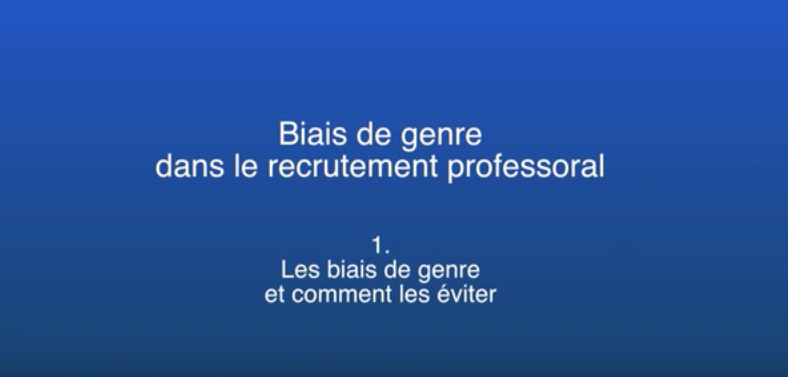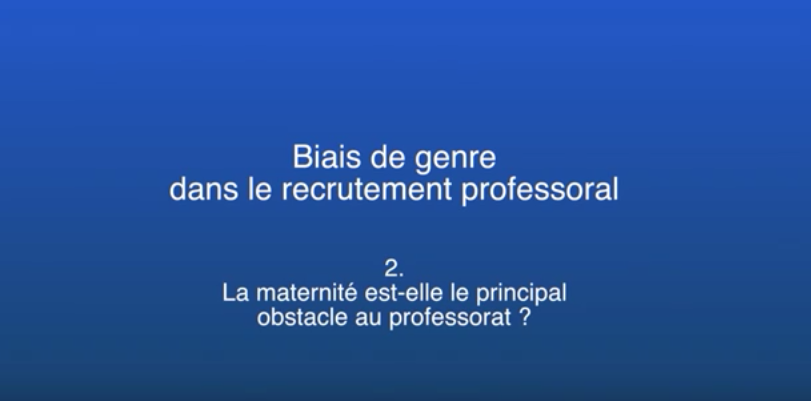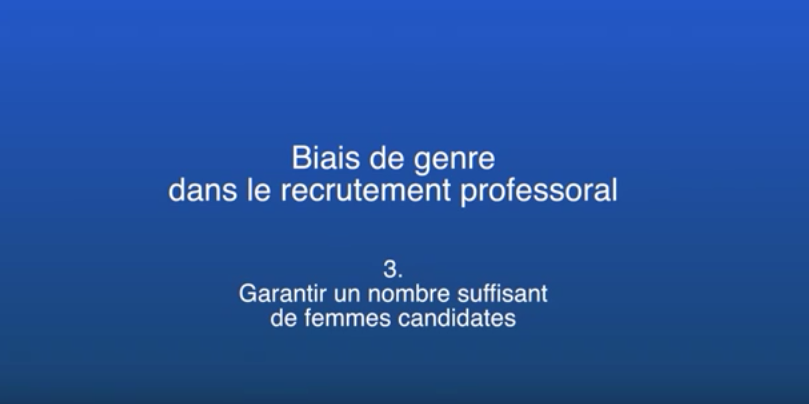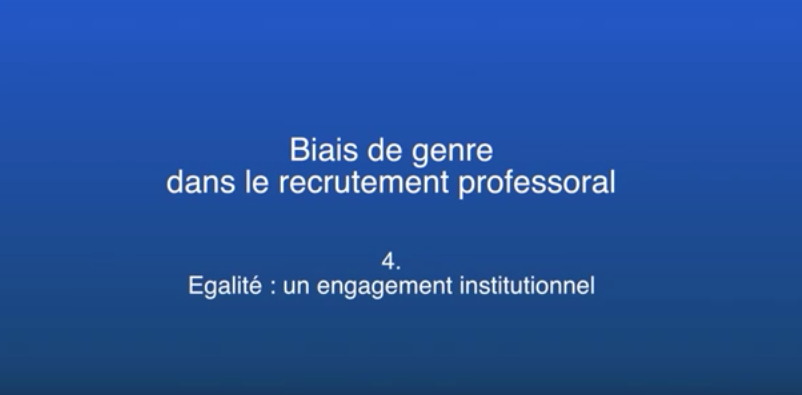Gender bias: what are we talking about?
Our brains automatically record and categorise other people based on their gender, alongside other characteristics such as age, skin colour, etc. These are what we call “stereotypes”. This cognitive process of categorisation allows us to sort and reduce the mass of information we receive, interact and take decisions rapidly. It is a natural, unconscious mechanism.
Nonetheless, stereotypes can have negative consequences, since most of the time they are erroneous: they simplify to an extreme degree the groups they claim to describe and ignore individual complexity and diversity within the group. Critical reflection is needed to challenge them.
Gender stereotypes relate to socially constructed beliefs about femininity and masculinity, and the distinct skills and characteristics men and women are supposed to have. For example, men are generally believed to be more brilliant and more competent than women, with a rational mind and a propensity for leadership. Women, on the other hand, are viewed as less competent, more emotional and caring.
Gender stereotypes of this kind not only create a difference between men and women, but also suggest the existence of a hierarchical relationship in how these differences are assessed. As a consequence, female candidates have intrinsically fewer chances than men of being perceived as fulfilling the criteria of academic excellence and leadership associated with professorship.




